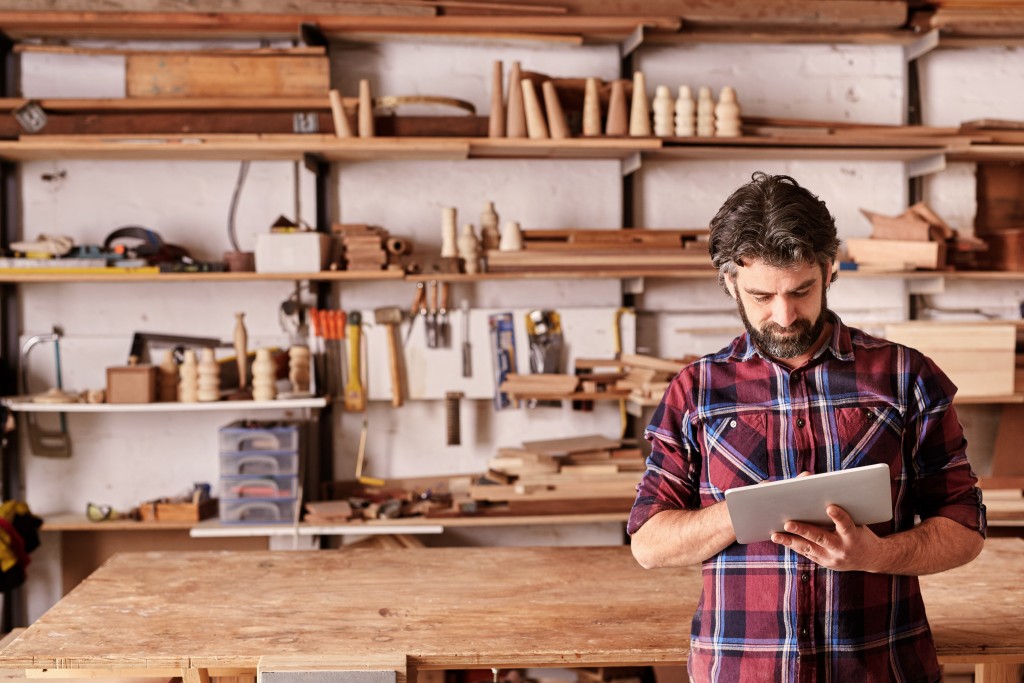Having a court in your backyard is a luxury, but maintaining that luxury also comes with great responsibility. No matter how well-made your court might be, you would need to have a good maintenance plan in place to keep it safe, functional, and visually pleasant for as long as possible.
Aside from a good maintenance plan, you would also have to make it a point to avoid the bad habits that decrease the quality of your court in the first place. Here are some of those habits and how to avoid them:
1. Parking vehicles on the court
Unless your backyard basketball court is fenced in or has no access to the main road, you may be tempted to use it as a secondary parking space. Many homeowners make this mistake without realizing the impact it can have on the court’s surface. But think about just how much foot traffic the court gets—add a vehicle’s weight on top of it, and you may be inadvertently reducing the lifespan of your court surface.
Your court may be made out of the toughest concrete out there, but it can and will wear away over time. Help slow down that process by avoiding putting any unnecessary weight on top of it, such as vehicles and heavy equipment.
2. Not addressing nearby trees
One of the major problems for a backyard court is having nearby tree roots growing under the concrete and causing cracks to appear on the surface. When left unaddressed, these roots can keep growing and cause a major problem on the concrete, leading to tripping hazards on top of cosmetic issues.
Before building a court in your backyard, have an arborist check the surrounding trees. If there is a possibility of the tree roots causing a problem in the concrete, they will let you know and recommend an appropriate solution, which may involve cutting down or relocating trees.
3. Ignoring puddles
Excess moisture on a court can lead to mold and moss growth, which can pose a slipping hazard for anyone who uses the court. Moreover, puddles that don’t go away or drain properly are often signs of a problem in your concrete. Usually, the causes for this problem are:
- Concrete that was not laid properly
- Concrete that was not set up to drain
- Concrete that slopes the wrong way
Standing water can lead to even more problems besides being a slipping hazard. When water seeps into the concrete, it can freeze and expand during the winter and cause cracks and holes beneath and over the surface. Over time, these damages can become bigger and cause your court to deteriorate even faster.
As soon as you notice that your court keeps accumulating water when it rains, have the problem checked out by a court contractor or a concrete specialist. If you’re lucky, the solution can be as simple as spot-fixing the problem areas. Otherwise, you may have to re-lay your entire court.
4. Failing to trim surrounding overgrowth

Aside from being unsightly, overhanging branches surrounding your court can be dangerous. To eliminate the chances of having a branch fall on someone, hire an arborist to trim overgrowth regularly. You can also do this yourself as long as you have the proper equipment and the branches aren’t that high up.
Another potential issue is weed overgrowth around your court. Although weeds won’t necessarily make your court deteriorate, they can serve as a big cosmetic issue and make your court look unkempt. Make it a point to pull out weeds as soon as they appear to avoid overgrowth. Another viable option is using weed killer, but be sure that it won’t harm surrounding greenery.
5. Not cleaning your court
Keeping your court clean is one of the best ways to extend its lifespan and, of course, maintain its functionality. If you have time to use the court, you should have enough time to clean it. Aside from regular DIY cleaning, powerwash the surface at least once or twice a year to get rid of deep-seated dirt. The best times to do this are during the summer and before the winter.
Maintaining a backyard court can seem like a full-time job, but it’s not all that difficult when you think about it. In fact, many court maintenance rules have a lot to do with simply avoiding bad habits, especially those mentioned above. By avoiding these habits, you can extend the lifespan of your court for as long as possible, helping you maximize your ROI and maintain its quality for years to come.



